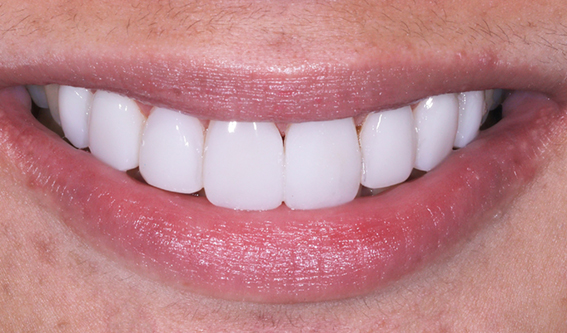Composite Veneer
Composite Veneer or Direct Veneer
is a cosmetic dental procedure done in one visit and is sculpted at the time of placement. The composite resin is applied in layers to the tooth and sculpted to improve the size and shape, length,form and color of your teeth.Each layer is hardened using a curing-light. Composite resin is the same material used for tooth colored dental fillings/restorations.
Usually, a small amount of tooth structure has to be removed to allow space for placement of composite resin, this is to avoid making the teeth look bulky. In most cases, composite veneers are more conservative of tooth structure as less amount has to be removed.
Modern composite materials can provide a life-like, beautiful appearance and can last for a reasonable amount of time 5 to 10 years depending on the patient’s oral health and maintenance too.
Composite veneers are used in the following:
- chipping or discoloration of natural teeth
- minor misalignments of teeth
Composites cannot fill in large spaces. Putting so much bulk of composite can lead to the failure of the restoration. Big spaces between the teeth, very short teeth you’d like to lengthen, or have broken a large part of the edge of a tooth off may not be ideal situations that can be restored by composite veneers.
Advantages
- Can be done in a single visit
- Not a general rule but composite veneers can be done with less tooth preparation.
- Affordable; the cost is usually about half that of porcelain veneers.
Disadvantages
- Not as durable as porcelain veneers and more maintenance is required as they are more likely to chip.
- Tend to stain more easily because composite is a porous resin while porcelain is glazed and impervious
- GENERAL DENTISTRY
- COSMETIC DENTISTRY
- ORTHODONTICS
- ORAL SURGERY
- PEDIATRIC DENTISTRY
- PROSTHODONTICS
- ENDODONTICS
- PERIODONTICS
- DIGITAL X-RAYS





